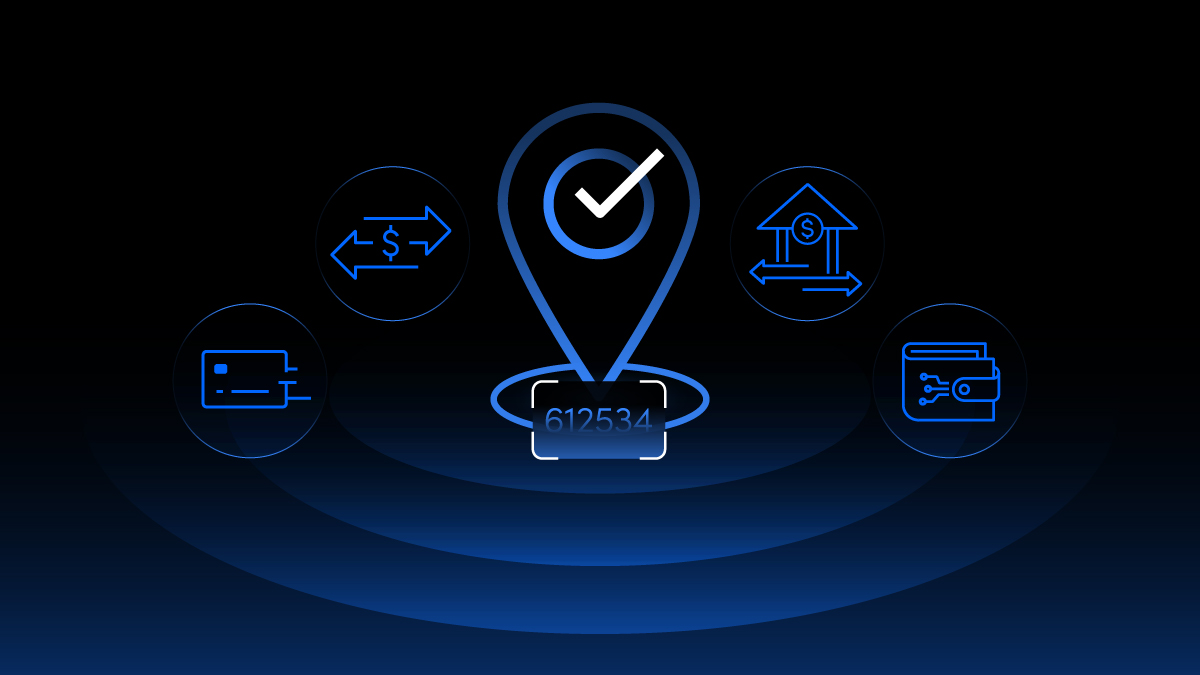Running an ecommerce business isn’t easy, and offering customers local payment methods (LPMs) has its own set of hurdles. Previously, we relied heavily on traditional credit cards, but the game has shifted. LPMs, also known as alternative payment methods, are now the norm.
According to PPRO, retailers risk losing 44% of customers if they don’t offer preferred payment methods. So, for merchants who sell across borders, it’s highly advised to offer different payment methods to their customers.
By including LPMs, you can increase your sales and improve checkout conversions. If you don’t, you’re letting major ecommerce revenue slip through your fingers every day. So don’t delay—now’s the time to make your move.
Local Payment Methods (LPMs) In a Nutshell
LPMs refer to payment options specific to a particular region or country. These methods are often preferred and widely used by individuals and businesses within that specific geographic area. They have become a dominant player and replaced international credit cards in many countries around the world, making LPMs a significant factor in the payment landscape.
Some popular LPM examples include bank transfers, direct debits, prepaid cards, local cards, Buy Now Pay Later (BNPL), virtual cards, ewallets, and mobile payment apps like Google Pay and Apple Pay.
Providing LPMs is crucial for merchants selling internationally, but it can get complicated. First, you need to really understand what your customers want. After that, gear up for some tech wizardry to boost those cross-border sales like never before.
Why Is It Important to Support LPMs?
Nowadays, many people use alternative payment methods for their online purchases. Simply offering credit and debit cards is no longer sufficient. Shoppers are looking for that local touch and flexibility in how they can pay. If you don’t offer these options, you’re missing out on potential revenue.
The secret to increasing conversions lies in providing a localized checkout experience for your customers. We suggest reviewing your customer data for each region to pinpoint the most popular payment methods in your target market.
For example, Dutch customers prefer paying with iDeal, eWallets, Mastercard, Visa, and PayPal, while Portuguese customers use MBWay, Paysafecard, and SEPA. Spanish shoppers, on the other hand, prefer Bizum, Klarna, Trustly, and Paysafecard, while Italians opt for Bancomat, Trustly, Klarna, and Postpay.
What about your customers?
Offer their favorite payment methods and watch your conversions and revenue skyrocket. Take advantage of this opportunity to deliver a local checkout experience and maximize your business volume.
Popular Local Payment Methods

The world is a diverse tapestry of payment preferences and it’s crucial to understand both international credit cards and local payment methods. While international credit cards are widely used worldwide, this article specifically delves into the popular local payment methods. Let’s explore the specifics in more detail.
Bank Transfers: Customers can pay directly from their bank accounts, making transactions seamless. Examples include iDEAL (Netherlands) and Pay now (previously known as SOFORT, used in Germany, Austria, Belgium, and Switzerland).
Direct Debits: This method allows consumers to set up automatic recurring payments for subscriptions and bills. An example is SEPA Direct Debit.
Local Card Schemes: Similar to global schemes, these domestic card schemes process transactions locally. Examples include Bancontact (Belgium), Cartes Bancaires (France), and Aura (Brazil).
eWallets: Mobile apps enable users to store payment information for multiple options. Examples include Alipay and WeChat Pay (China), as well as Google Pay and Apple Pay (available worldwide).
Prepaid Cards: Customers can use prepaid cards or vouchers to make payments. Paysafecard is a popular option across Europe.
Cash-Based Payments: This method allows online purchases to be paid in cash at local physical stores using the invoice barcode..This barcode serves as proof of payment and is then used to complete the online transaction. It is a convenient solution for individuals who do not have access to traditional banking services. Examples include OXXO (Mexico) and boleto bancário (Brazil).
Buy Now Pay Later (BNPL)/Invoice Payments: Customers have the flexibility to pay after receiving the goods or in installments with added interest. Klarna offers options like “Pay later” and “Slice it.”
5 Benefits of Accepting Local Payment Methods
Expanding Customer Base
Accepting the broadest range of online payment methods will help you expand your reach and customer base. Consumers prefer different payment options across demographic segments and regions.
That’s why it’s crucial to serve up those popular LPMs that make your target market happy. You’ll improve your checkout experience and convert more shoppers into loyal and paying customers.
Sales Growth
Using LPMs can help you overcome obstacles and shoot your sales through the roof. Research indicates that more than 60% of shoppers abandon online carts because of payment hassles. LPMs make the process smoother and more familiar to your consumer, ensuring you don’t miss out on sales.
A smooth checkout process not only boosts current sales but also brings customers back. They’re more likely to return to a site where buying feels easy and safe. So, make LPMs a key part of your ecommerce strategy.
Low Processing Cost
International payments often include extra fees due to cross-border transactions. But local payment methods let you make deals within a certain country or region, getting rid of those cross-border costs. This can be a huge money-saver for your business, reducing what you spend on each transaction.
Seamless Checkout Experience
In the quick world of online shopping today, customers won’t stand for checkout troubles. Even small problems can make them leave their carts and hurt your earnings. But with local payment methods, checkout is easy and smooth. This speeds up the whole process and gives customers a convenient and hassle-free experience.
High Conversions
Offering their preferred payment options is essential to retain customers and ensure they return to your business. Failing to do so can result in customers abandoning their purchases and never returning, which can be a significant loss for your business.
By integrating local payment methods into your business, you have the potential to secure customer loyalty, build trust, and drive business growth.
How to Integrate with Local Payment Methods
Merchants often wonder how to connect to local payment methods during checkout. In this case, you’ve got two paths to choose from. Let’s dive in!
- The DIY Approach: Integrate each local payment method yourself, which is possible but not easy. You can integrate each local payment method if you’re up for the challenge.
But fair warning, it’s no walk in the park. You’ll be responsible for handling the nitty-gritty details of contracts, integration, testing, validation, and even compliance.
- Team Up with a Payment Provider: Join a payment provider and let them guide you. Sit back, relax, and enjoy knowing that experienced payment partners have your back. They’ll handle it all – from running compliance checks to tackling those pesky legacy issues. It’s the stress-free path to local payment success!
Let Us Back You Up
In today’s fast-moving online world, local payment methods are a must-have, not just a nice-to-have. They’re the key to keeping customers happy and growing your business. Worried about the tech part? Don’t be.
Here at Shift4, we’ve got you covered. We know each business and customer is different. That’s why we offer custom solutions to make your checkout as smooth as possible. Forget the stress of complex setups and compliance issues. Our simple integration lets you offer many payment options globally. Check out this article to learn more.
